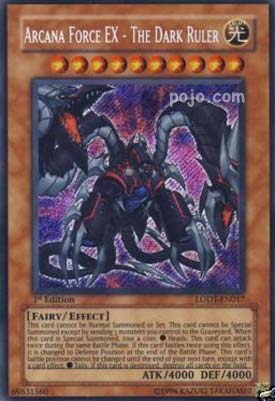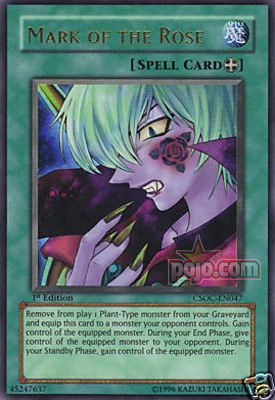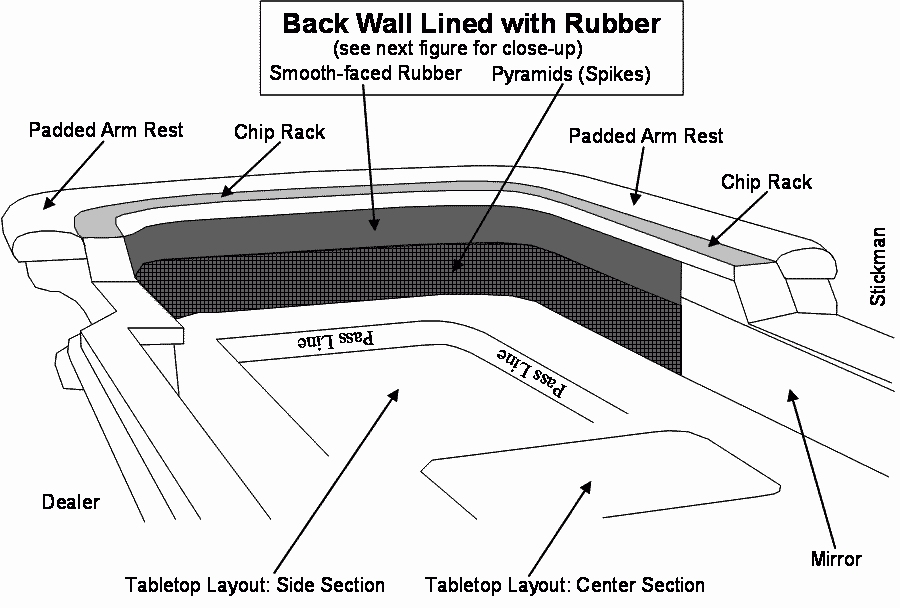The sad truth is, in today’s casinos there is no such thing as Dice Control. Dice Control, is, in fact, a misnomer. It’s a catch-phrase that has fallen into general use when describing what “controlled” shooters attempt to do – which is to the outcome of the roll. Since there’s no such thing as Dice Control in todays casino that means there’s no such thing as a “Controlled Toss.” For that reason, I like to refer to what others call a “controlled roll” as a “percentage toss.” We don’t control every roll, but we do influence the outcome of some of our throws – and that influence can give us enough of an edge over the house’s percentage to make it pay for us.

Dice Control Sets
⦁ All players have 8 seconds to shoot the dice once the stick man gives the dice to them. ⦁ No late bets or “called off” bets are allowed. All bets must be made when the dice are in the center of the table. ⦁ All players must keep all chips in plain sight. Dice Control offers a way of tossing casino dice in a way that skews the set mathematical odds, giving you an edge Dice Control, along with dice setting, can result in the dice rolling longer - offering more wins Craps is just a heck of a lot more fun with Dice Control. Intermediate and Journeyman dice control practice advice One of the major rules of craps is the dice must be thrown so they hit the opposite wall and bounce off, otherwise you will have to rethrow. Casinos put triangle shaped pyramids or bumps on the walls to produce more randomness when the dice bounce off of them. Dice Control offers a way of tossing casino dice in a way that skews the set mathematical odds, giving you an edge Dice Control, along with dice setting, can result in the dice rolling longer - offering more wins Craps is just a heck of a lot more fun with Dice Control.
Every percentage shooter’s toss is different. Why? Because everyone’s hands and fingers are shaped differently. Some of us are tall and thin. Others are shorter and not so thin. A comfortable stance or grip for one person is often impossible for another. On top of that, different “dice control” camps teach different toss techniques. Some teach “off axis” tosses while others teach “on axis” tosses. Some teach tossing at a 45 degree angle. Others suggest a 30 – 40 degree angle is better. And at the end of the day, we all become creatures of habit as far as out tosses go – good habits and bad habits – for better or worse.

With that said, there are still some elements that are common to the best tosses around. Assuming the shooter has an excellent grip on the dice, he will begin and end his toss with the dice square to the deck of the table. In addition, the dice will also be square with the back wall and will travel in a straight line trajectory down table. After landing, the dice will tumble to the flat portion of back wall and strike the base of the wall, where there are no rubber pyramids.
If tossed back-handed, the dice will fly in a parabolic arc to the landing zone, with just enough backspin to keep the dice on axis and rotating in tandem. The dice will strike the shooter’s preferred landing zone – typically anywhere from six to twelve inches from the back wall – bounce once or tumble gently to the base of the back wall, then roll back no more than a couple of inches before dying no more than a few nches apart. The dice should not strike in the turn or the hook, the curved portions of the back wall, although there are some decent shooters out there who use that technique. Keep everything square instead.
If tossed underhanded the dice will fly in a relatively straight line to the landing zone, which will likely be twelve to eighteen inches from the back wall. They will be tossed with just enough forward spin to carry them to the back wall, where they will strike the base of the rail rubber with minimal roll-back. Back in the good old days of street craps or army barracks games this was known as the blanket roll and it can still be very effective today.

The Axis Power Craps Percentage Toss starts with the dice gripped and in contact with the table. The shooter focuses on his landing zone, takes a breath, lets it out, then executes the toss by bringing the dice up at a 35 to 45 degree angle, releasing them so that they fly no higher than six to twelve inches higher than the rail, landing about six inches from the back wall. The dice should take one bounce, then strike the back wall near the base and bounce back no more than a couple of inches inches. Do not expect to achieve those kind of results when first starting to practice. And remember, while it is possible to learn dice influencing on your own – there is no substitution for hands on teaching from a professional dice influence instructor.
Chris Pawlicki Dice Control
Does the ability to execute a percentage toss mean you’ll automatically be a winner at craps? Absolutely not. No matter how good of a shooter you are, if you are undisciplined and lack basic betting, money management, and betting skills then odds are you’re still doomed to lose. So what makes a successful player?
1. Knowledge of the game.
2. Sufficient bankroll.
3. A conservative betting approach.
4. Good money management skills.
5. Discipline.
6. The ability to influence the outcome of the roll.
7. A winning attitude.
How about it? Sound like you? If not – there’s your craps “to do” list.